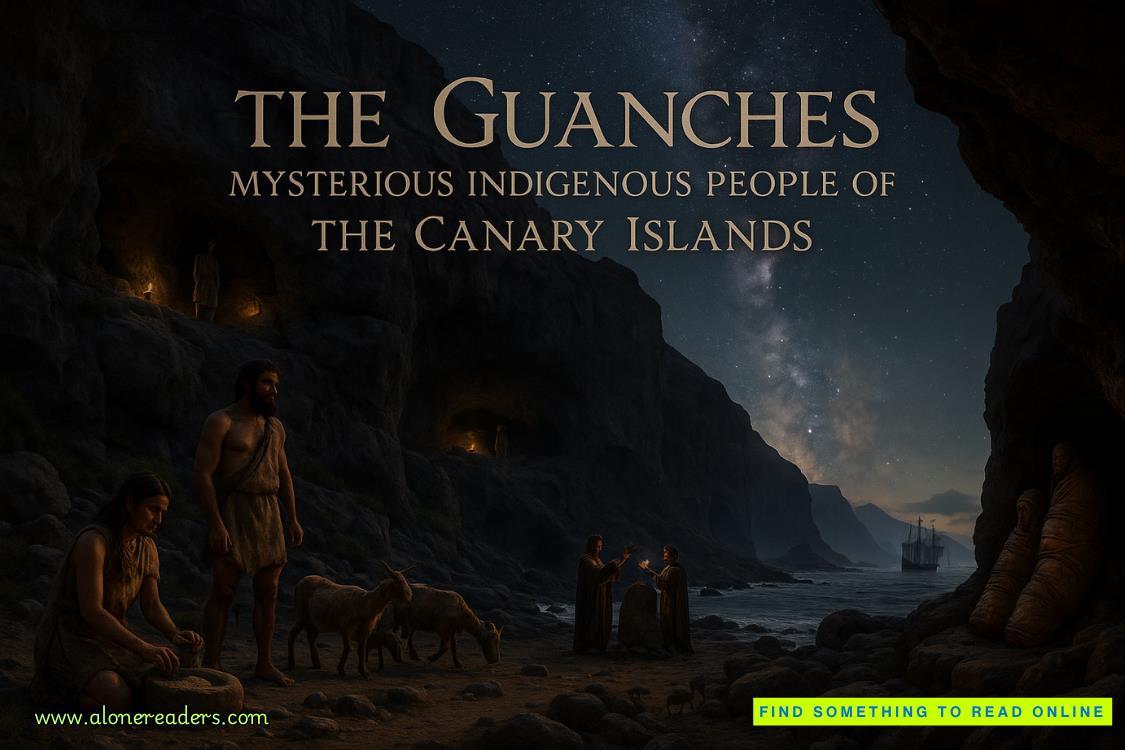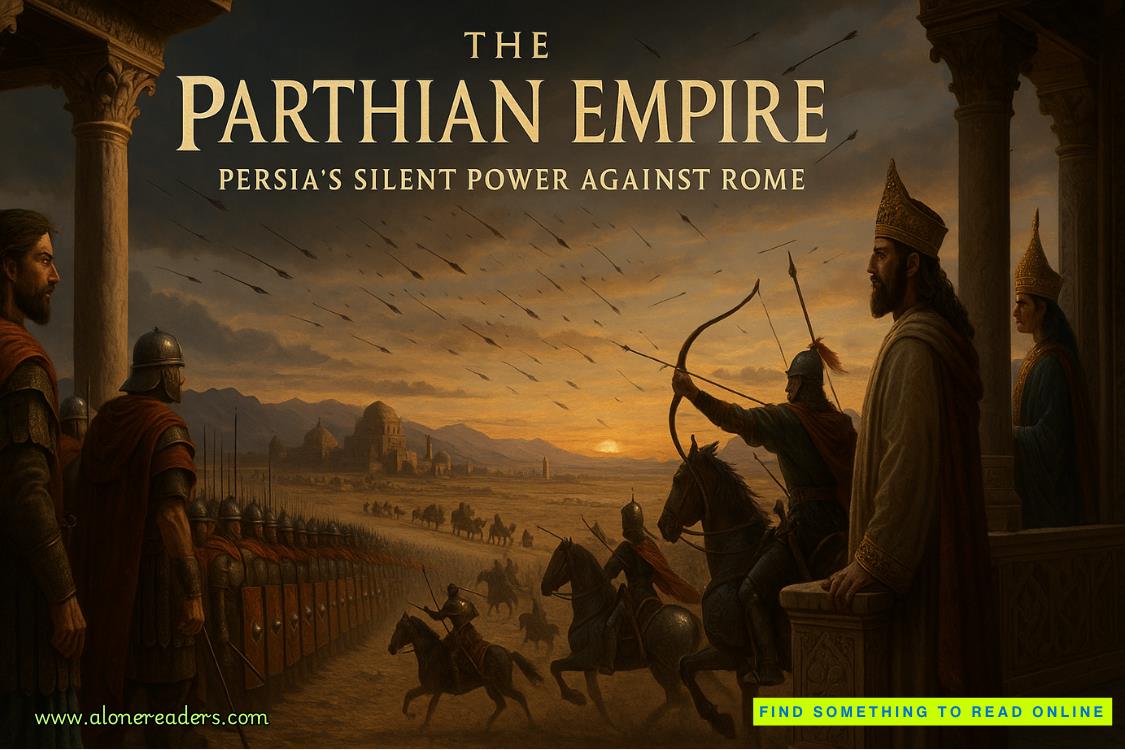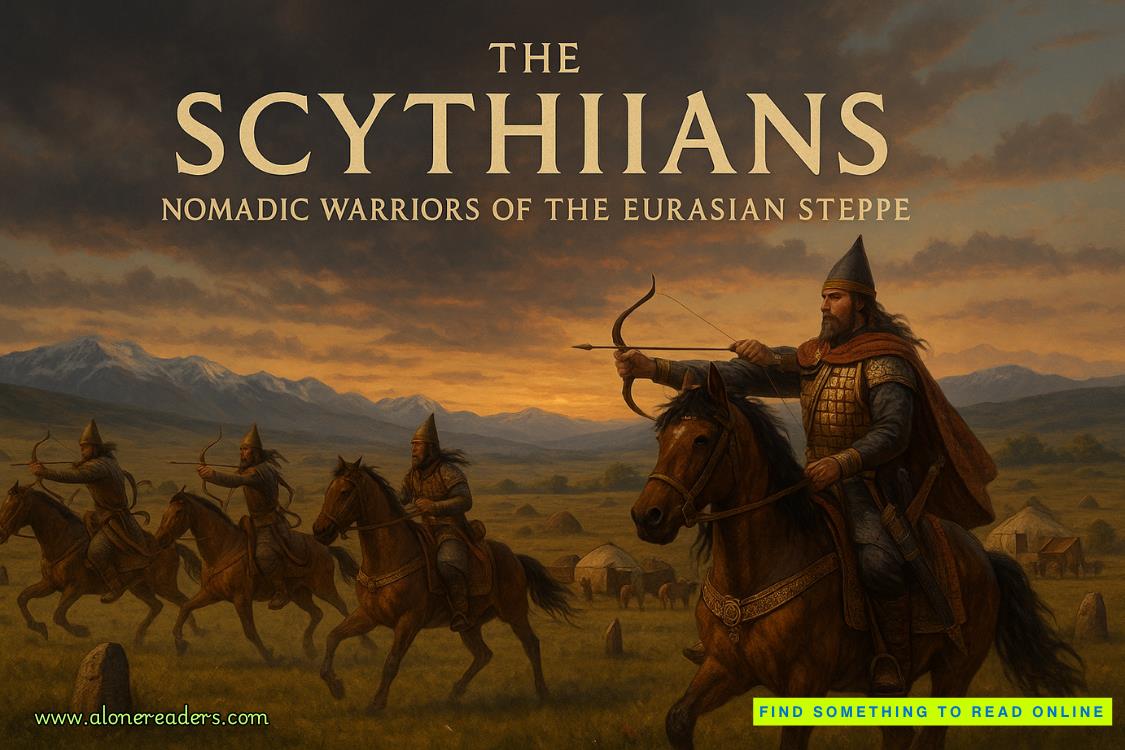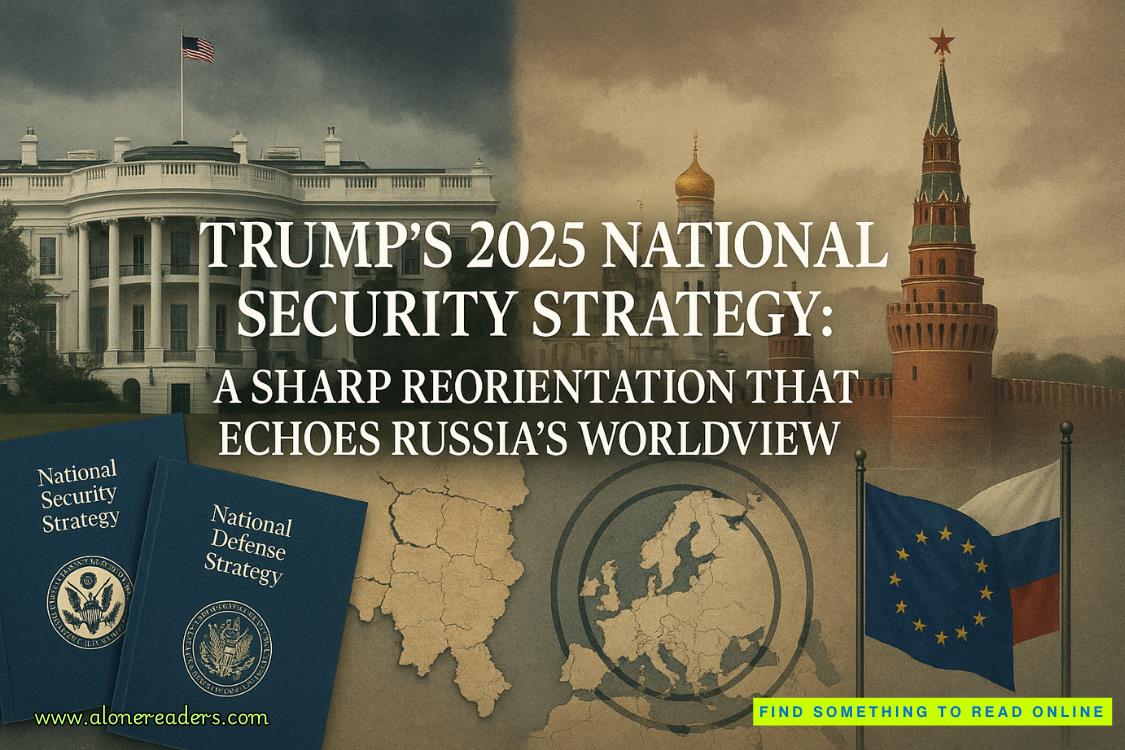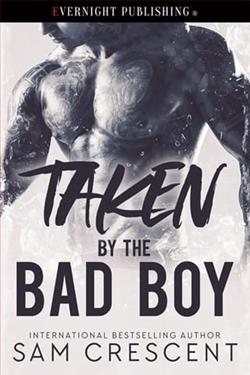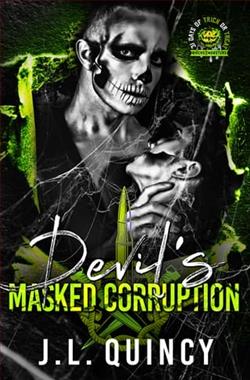Page 51 of The Atlas Maneuver
“We did have an incident,” he said. “One of the representatives stripped to his underwear on the floor of the Congreso. He took the podium and yelled, ‘You are ashamed to see me naked, but not ashamed to see your people moving on the streets naked, barefoot, and hungry after you have stolen all their money and wealth.’ A bit melodramatic, but it made headlines.”
She sipped more of the champagne. “Did it sway any votes?”
“Not a one. He’s from one of the smaller parties, an extremist, who opposes everything.”
Good to hear.
The bank had been heavily involved in the drafting of the new Mexican legislation, which stipulated that all businesses must accept bitcoin as payment. To promote bitcoin’s use the government would also launch a nationwide educational campaign designed to encourage citizens to make the switch. All financed, of course, by the bank.
“My chef has prepared a lovely dinner,” she said, “in honor of this occasion. Chile ancho en nogado. I’m told it is one of your favorites.”
Farías nodded. “I adore it.”
“We even wood-roasted the chicken,” she said.
“You spoil me.”
“This is a momentous day. Mexico can finally come out from under the United States’ thumb. Freedom. At last.”
Farías tipped his glass to her. “Screw Washington.”
She returned the toast. “I agree.”
CHAPTER 29
INITIALLY, THEBLACKEAGLETRUST WAS USED TO CULTIVATE POSTWARJapan into an anti-communist bastion. Part of that involved financing a death squad, headed by a U.S. Army colonel, which targeted student leaders, liberals, leftists, union organizers, journalists: anyone and everyone who got in the way of the revival of capitalism in Japan.
Joseph Keenan, the chief prosecutor in the Tokyo war crimes trials, drew on the funds to bribe witnesses to falsify their testimony so that the reputations of the emperor, right-wing politicians, and other war criminals could be rehabilitated, those men eventually used to solidify Western influence in postwar Japan. A succession of Japanese governments were bought and paid for. The fund also bribed witnesses of Japan’s chemical and biological warfare program to commit perjury so that the deadly knowledge they held could be kept secret and passed on to the U.S. military. And there were violent deaths and suspicious suicides among people who resisted those efforts.
By 1950 a branch of the Black Eagle Trust, called the M-Fund, had been created especially for Japan. Its value amounted to almost ten percent of Japan’s entire gross national product at the time. The dividend from this fund financed Japan’s self-defense armyand the formation of its right-wing Liberal Democratic Party. Huge inducements were paid to support Nobosuke Kishi, who had been actively involved in the use of slave labor as a wartime minister, as the Liberal Democratic Party leader, against a less pro-American rival. During his three-year reign as prime minister, from 1957 to 1960, the Liberal Democratic Party received millions each year from the CIA, all drawn from the M-Fund.
In the decades after the war both government and private treasure hunters flocked to the Philippine burial sites, but little gold was discovered. Yamashita had done his job well, and the sole map that detailed the location of all 175 caches had disappeared. Philippine president Ferdinand Marcos entered the fray in 1965 and found a few of the caches. At the time he was courted by the United States as an Asian-Pacific friend. He even used CIA aircraft, U.S. Air Force planes, and U.S. Navy ships to transport bullion out of the country. That Philippine gold rush continued for decades, quietly, in the background.
Initially, banks across Europe were the major repositories of stolen war loot and billions were deposited in vaults. But the Bank of St. George eventually became the record owner of it all, secretly administering the fund in conjunction with the real owner, the CIA. From the 1950s through the 1990s the Black Eagle Trust was used to interfere with sovereign nations, buy elections, undercut the rule of law, control the media, and carry out assassinations. Additionally, monies were channeled to fund the dictator in South Vietnam, spread anti-communist propaganda during the Cold War, and reinforce the treasuries of anti-communist allies. Both the Black Eagle Trust and Golden Lily war loot became a highly guarded state secret. So much so that, in the late 1990s, President Bill Clinton allowed the CIA to remove all references to both from about-to-be-declassified U.S. records on the war in Asia.
Cassiopeia listened in amazement.
She’d had no idea about any of what Citrone had just told her.
“Needless to say,” Koger said, “none of that is the agency’s finest hour.”
“You think?” she asked. But she wanted to know, “Is that gold still around? After eighty years?”
“Oh, yes,” Citrone said. “I have seen it with my own eyes. It’s quite an amazing sight.”
“And where was that?” Koger asked.
“Actually, it was in that wine vault. But that was years ago. That’s why I suggested that a look was warranted.”
Maybe so. But she had a lot of questions, and started with “What is Operation Neverlight?”
She listened as Koger explained that the expansion of terrorism had created unique pressures on intelligence work. A new strategy evolved, one that stressed speed, secrecy, and certainty. But the CIA, unwieldly by nature, was ill equipped to deal with those changes.
So a special unit was created.
Neverlight.
“It cleans up the messes,” Koger said. “But the potential for abuse is obvious. No oversight means no rules. No accountability. Anything goes. Here, the covert relationship between the agency and the Bank of St. George is gone. The bank is now the enemy. Langley wants no evidence of anything to do with the Black Eagle Trust to exist. Nothing at all. Wipe it clean. That includes records, gold, and people. Which brings us to here and now. Somebody tried to kill Kelly Austin earlier.”

